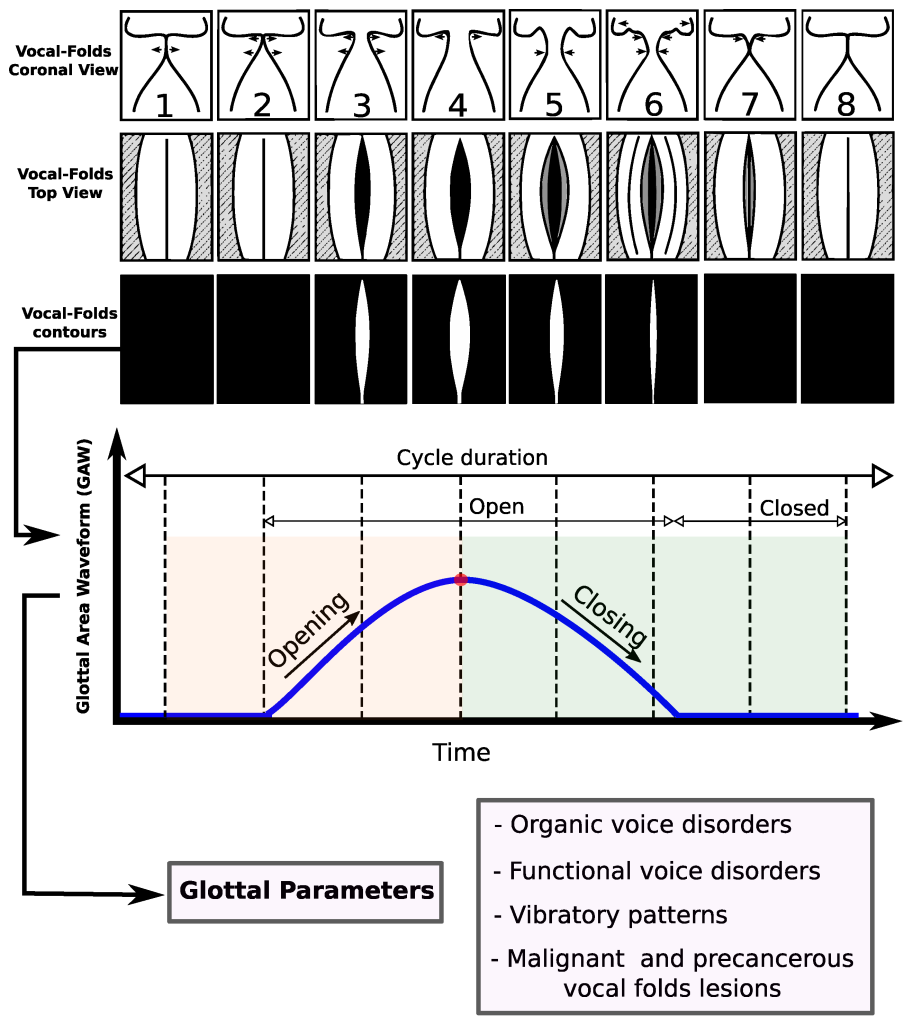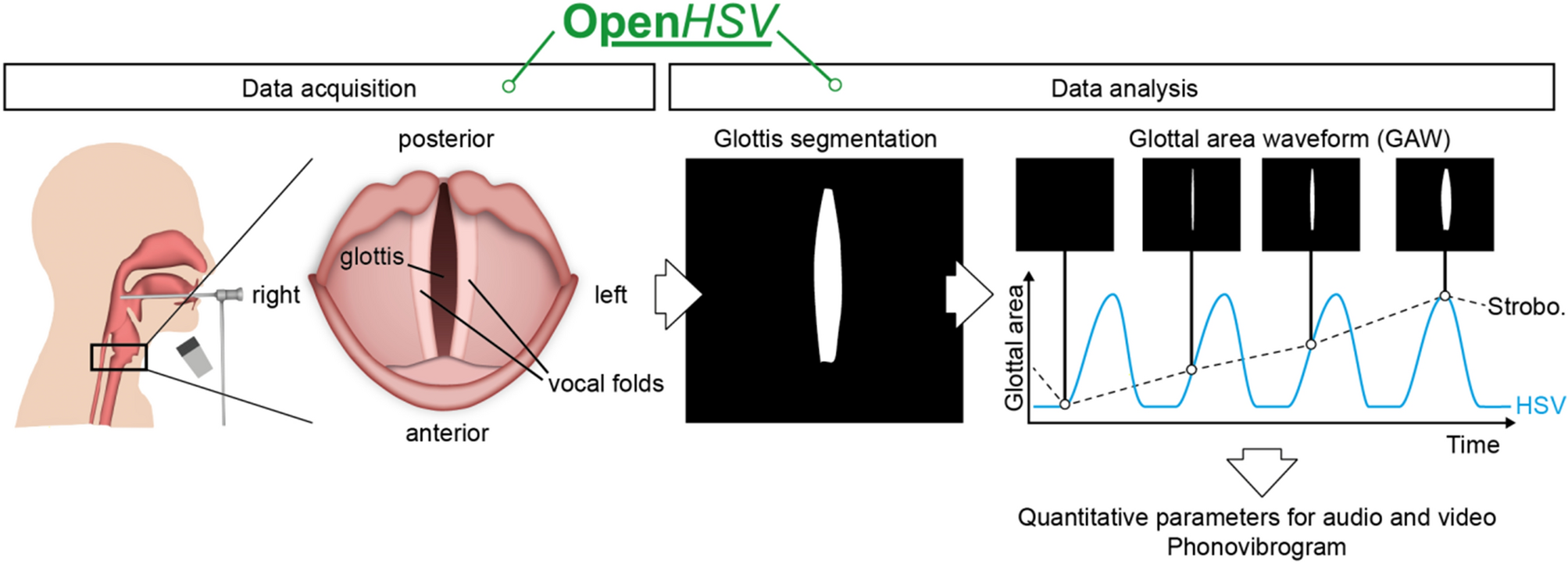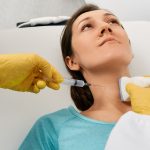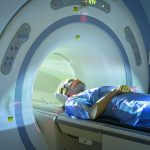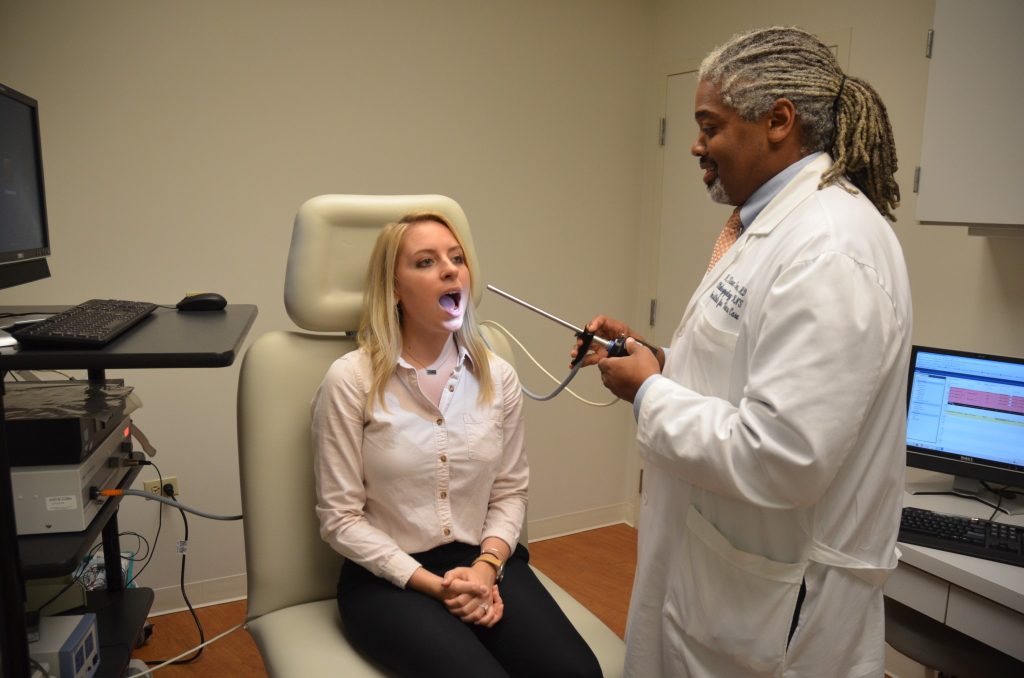
This test uses a long, thin, flexible tube called an endoscope to examine your voice box (larynx) and vocal cords while you speak. The endoscope has a camera and light and is connected to a video monitor and recorder. It helps your doctor to see the movement of your vocal cords while you speak.
This test is also called a videostroboscopy, or videolaryngoscopy with stroboscopy.
Why do you have a videostroboscopy?
You have a video of your vocal cords to help your doctor see how they move when you speak. It also gives your doctor a chance to look for abnormalities on your vocal cords and in your voice box.
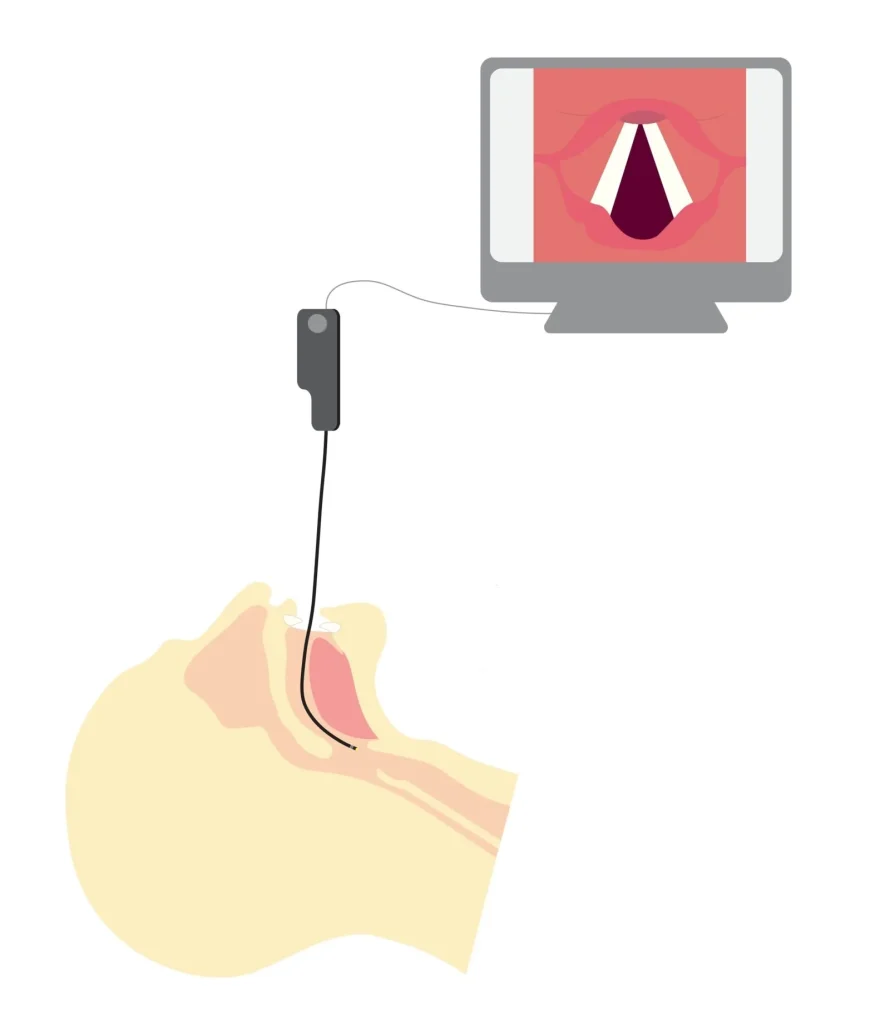
How to prepare for a videostroboscopy
There is no special preparation for this test.
How do you have a videostroboscopy?
Your doctor uses an anaesthetic spray to numb your throat. It takes a few minutes for the area to go numb.
They pass a thin flexible tube called an endoscope either up your nose and down into your throat. This tube has a camera and fibre optic strobe light on the end, which your doctor uses to make a video of your vocal cords
Your doctor then asks you to talk and makes the video. This allows them to see your vocal cords moving in slow motion and gives a clear picture of the area.
The test takes about 20 minutes.
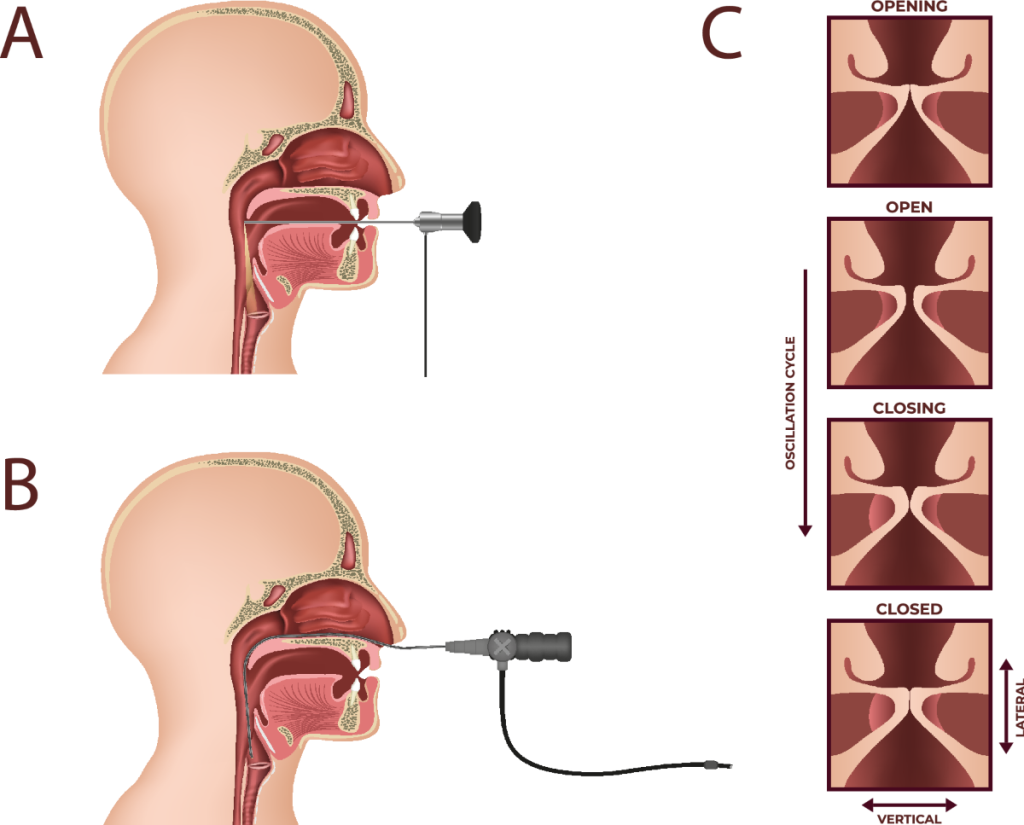
What happens after a videostroboscopy?
You can usually go home after the test. You will be able to drive or operate machinery afterwards.
Your throat and nose will stay numb for a while after the test. This might interfere with swallowing food and liquid normally. Don’t eat or drink for two hours after the test.
Getting your results
The doctor will record the test and then replay the recording slowly. They will explain to you the findings of the test.
